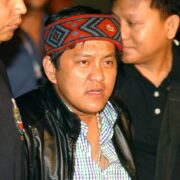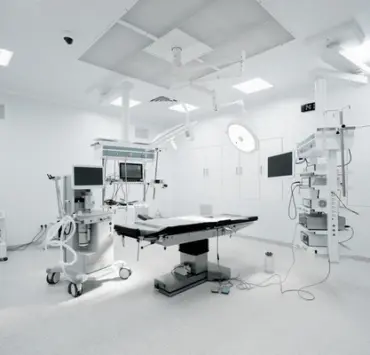When in pain, do you see an ortho, rehab doc, or PT?
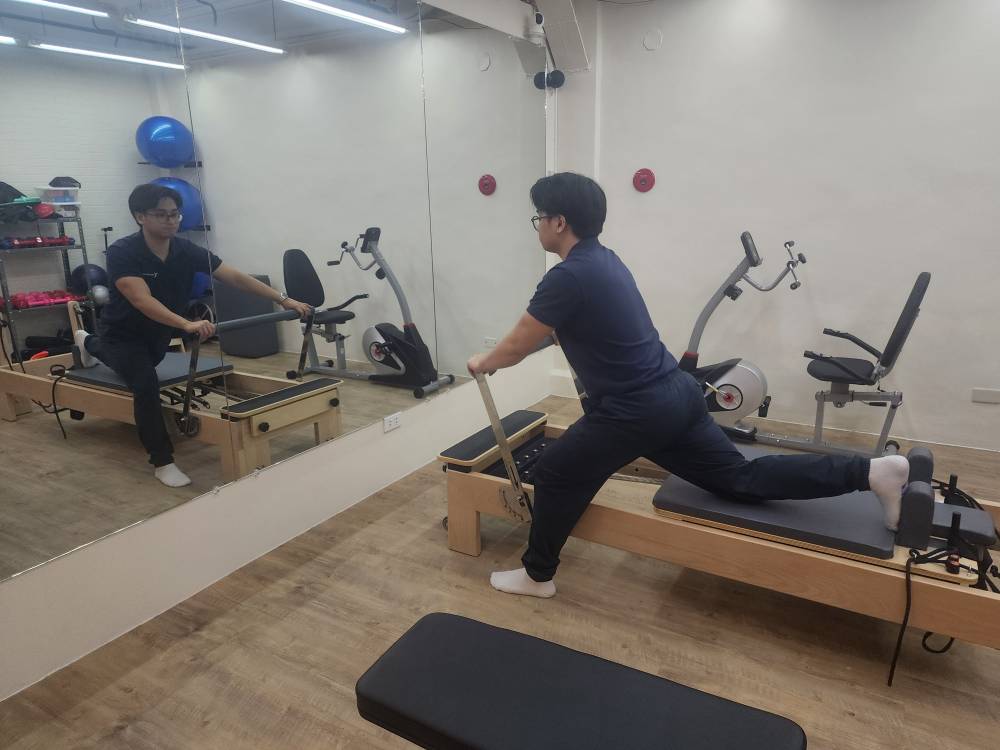
A few years ago, I experienced excruciating pain on the left side of my body, due most probably to overdoing a back exercise. The pain persisted for days and prevented me from getting a good night’s sleep, so I decided to have a medical checkup. But I wasn’t sure if I’d see an orthopedic or a rehabilitation medicine doctor, or maybe book a physical therapist (PT).
“If a patient is unsure, they can consult either specialist,” says Dr. Jeffrey Arboleda, a rehabilitation medicine doctor, also known as a physiatrist. I went to an orthopedic doctor. “Both rehabilitation medicine doctors and orthopedic doctors are capable of managing musculoskeletal injuries or conditions that affect the muscles, bones, joints, and other soft tissue.”
He goes on to explain, “A rehabilitation medicine doctor specializes in nonsurgical treatment and functional recovery to be able to go back to daily activities, work, and sports. This includes physical therapy, bracing, and pain and regenerative interventions.
“On the other hand,” he adds, “an orthopedic doctor is a surgeon who treats conditions that may require surgery, such as fractures, torn ligaments, or severe arthritis.”
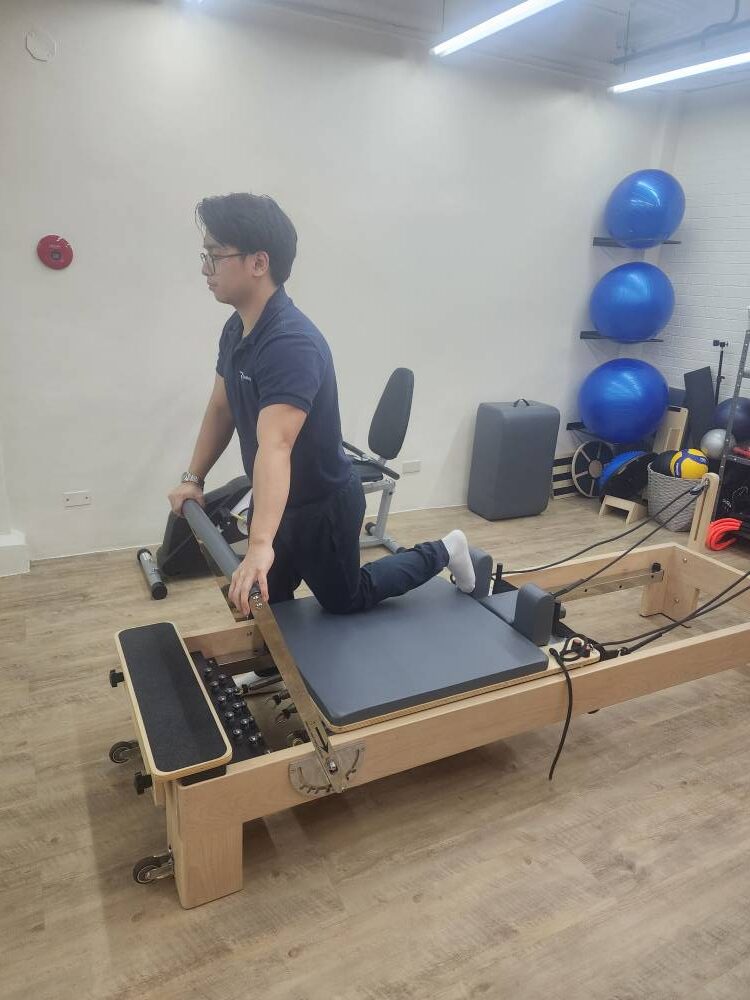
Fellow physiatrist Dr. Glenn Desquitado expounds on the topic in a separate interview with Lifestyle:
“If you had a history of significant trauma before the pain occurred, then it would be advisable to consult with an orthopedic surgeon in case it has led to a fracture. But if you are experiencing pain with no history of significant trauma, you could consult with a rehabilitation medicine specialist.”
Once a diagnosis has been established by a specialist, says Desquitado, and it has been determined that the patient will benefit from physical therapy, then that’s the time to go to a physical therapist.
Hand in hand
Arboleda explains that the rehabilitation medicine doctor and physical therapist work hand in hand in managing different types of pain.
“For the purposes of this discussion, let’s just classify them into musculoskeletal pain and neuropathic pain,” he says. “Musculoskeletal pain can come from sports injuries, work-related injuries, and aging such as tendonitis, arthritis, and frozen shoulder, while neuropathic or nerve-related pain can come from compression of a nerve, such as carpal tunnel syndrome and sciatica.”
He makes it clear that the physical therapist plays an essential role in implementing the rehab program, through physical modalities, movement and posture correction, and therapeutic exercises. He adds that the PT can also suggest to the rehab doctor additional management that may benefit the patient as the physical therapy sessions progress.
Aside from hospitals, there are specialized physical therapy clinics that patients can also go to for consultation with a rehab doctor. Both Arboleda and Desquitado are affiliated with Project Rehab on E. Rodriguez Sr. Avenue in Quezon City.

Project Rehab’s chief physical therapist Kim Miguel Roño clarifies to us that not only patients with diagnosed injuries or conditions can benefit from their services. For instance, the packages on body recovery, muscle tuneup myotherapy, cupping therapy, dry needling therapy, and power stretch may help athletes and those who are similarly active to prevent injuries.
“It’s very nice to see that there are more Filipinos who lead an active lifestyle, or what is popularly known as ‘running era’ among runners,” notes Arboleda. “However, I have also seen more overuse injuries from overtraining or improper technique that mainly involve the shoulder, like rotator cuff injuries, and knees such as runner’s and jumper’s knee.”
Common complaints
As for the general public, Desquitado has, from his experience in the outpatient setting, encountered a lot of chronic or long-standing pain around the neck and back areas. The pain affects mostly patients who work at their desks for a significant amount of time, or those who do a lot of manual labor.
Roño’s advice as a physical therapist, particularly for desk-bound individuals, is to be mindful of their posture: “It’s with a neutral back, chest out, not rounding the shoulders, and the neck is not positioned forward.”
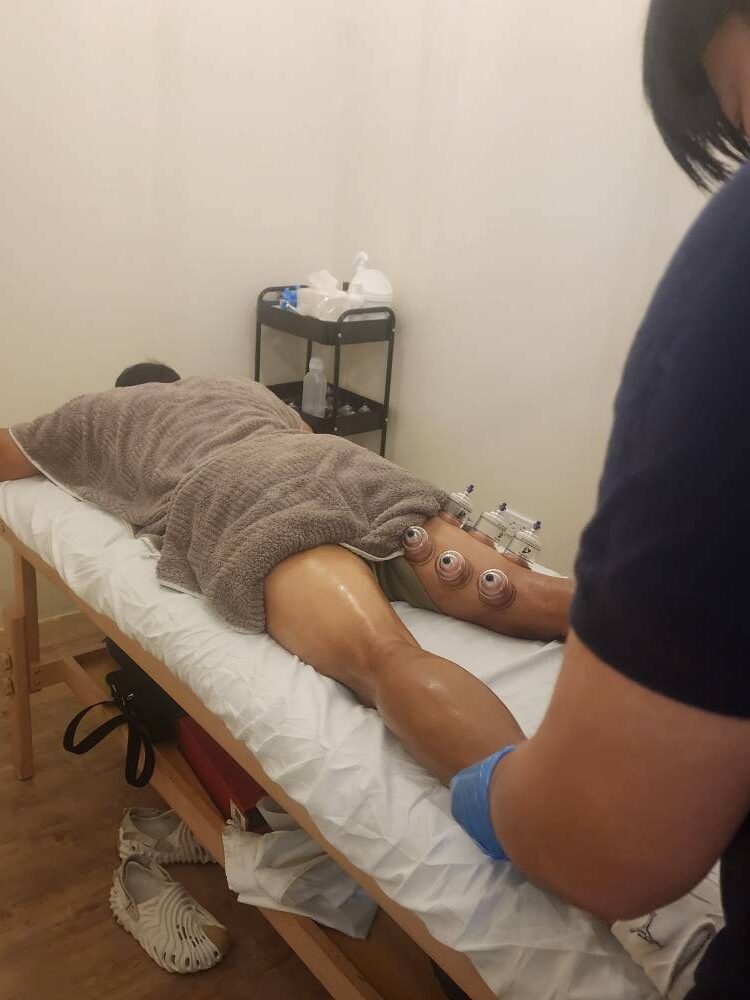
Another piece of advice is to start exercising to slow down muscle loss. This is especially true for the middle-aged set who, he says, should also try to maintain a healthy weight as they become prone to diseases such as arthritis.
All three health-care professionals stress the importance of warming up before doing a physical activity and cooling down after.
As Desquitado puts it, warming up will help your musculoskeletal system be ready for the demands of physical activity and prevent an injury from happening. He adds that people who have active lifestyles should also learn to rest in order to give their bodies proper and ample time to recover.
Arboleda has additional tips: “Proper nutrition and adequate sleep are other factors that can decrease the risk for injuries. These are best achieved with the help of sports medicine professionals such as certified personal trainers, nutritionists, physical therapists, and doctors.”











